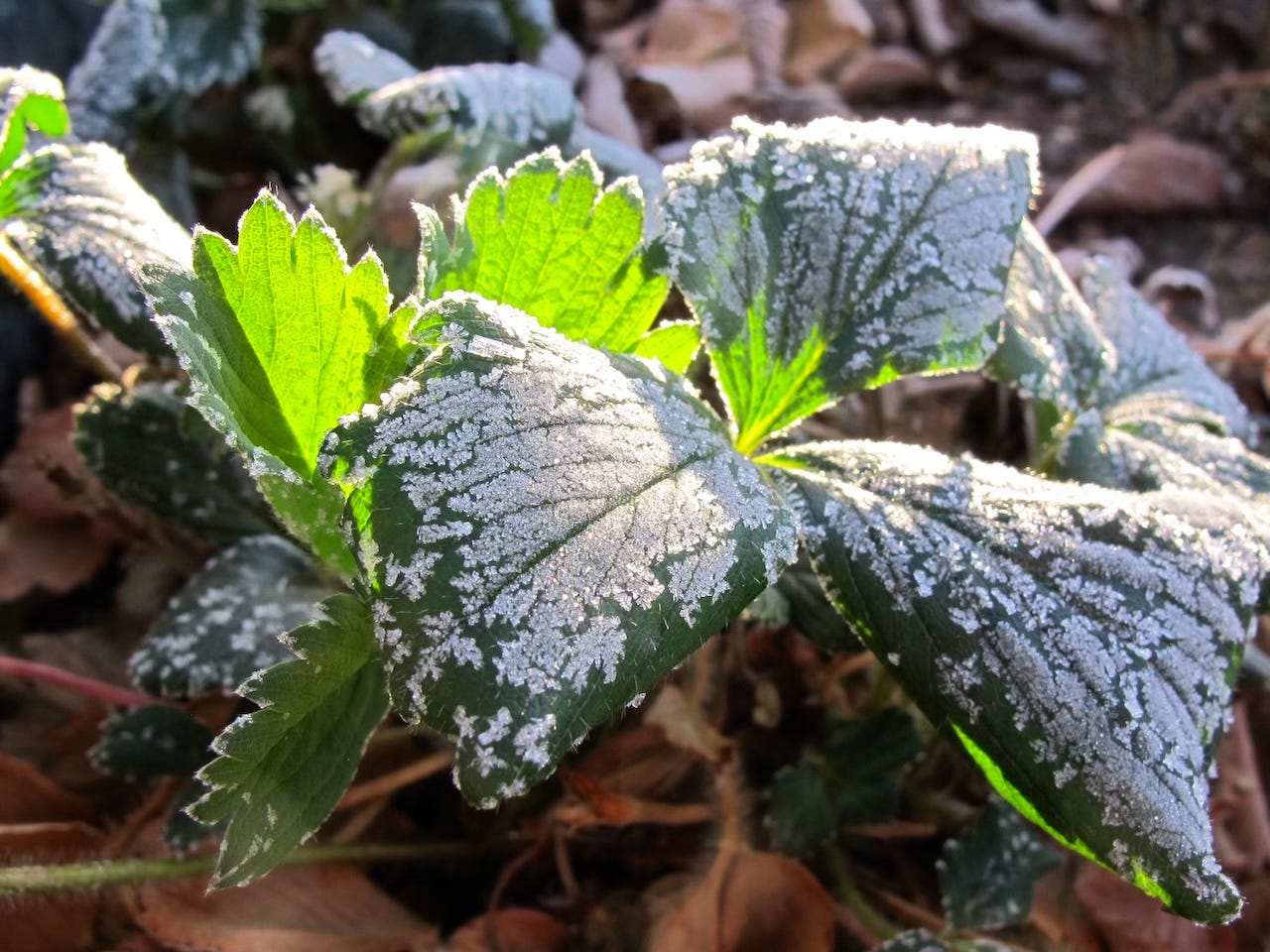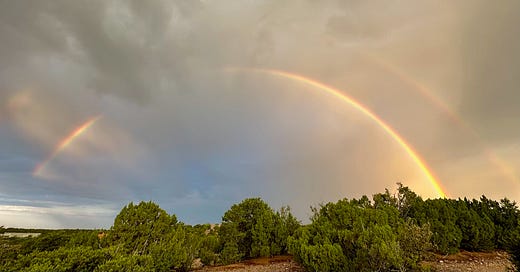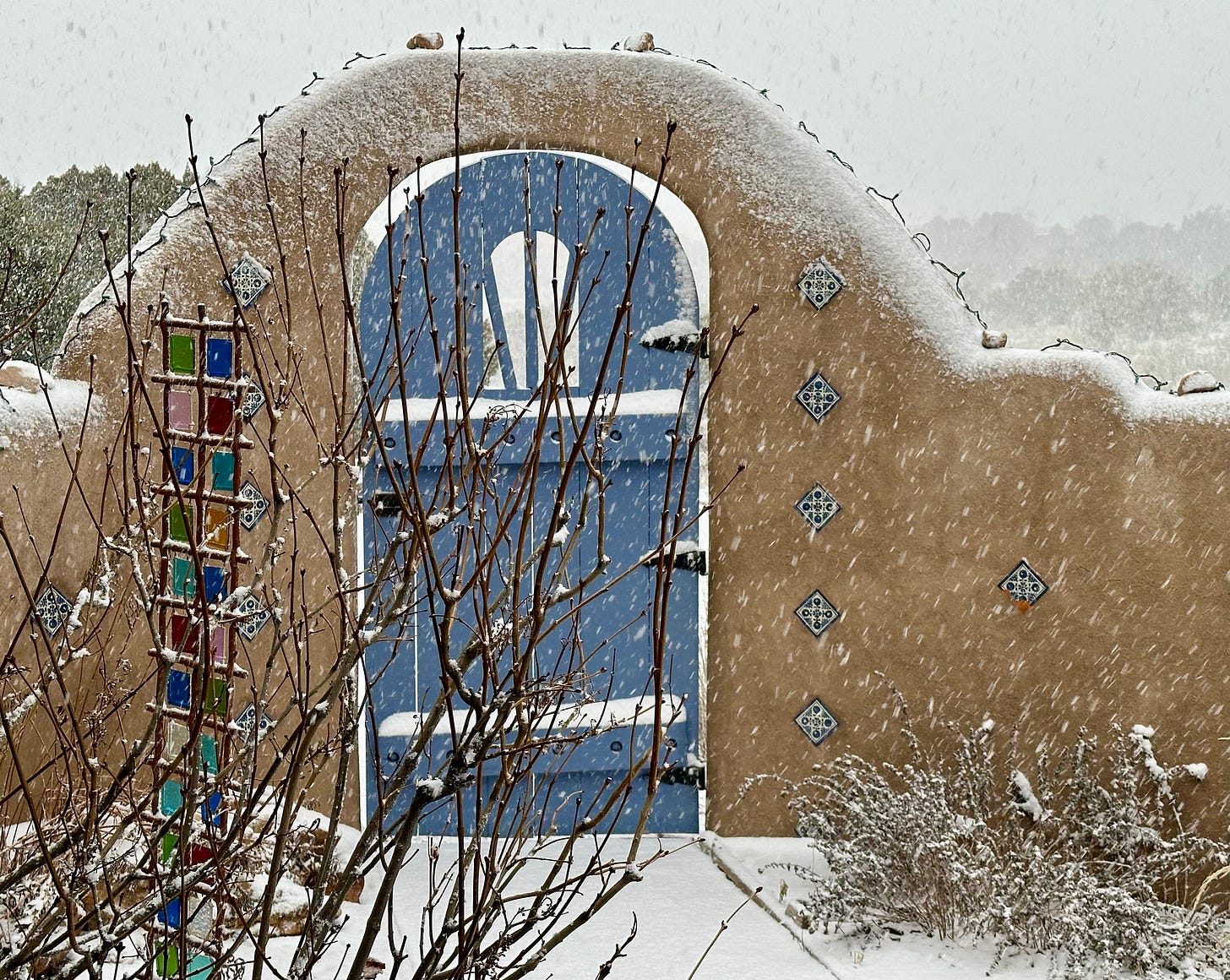Hello Friends! It’s Wednesday and time to exercise our gratitude muscles to remind ourselves that light and love illuminate and heal our world, no matter how difficult the times.
The great biologist/ conservationist E.O. Wilson called insects “the little things that really run the world.” What he meant was the community of Earth runs not on the big charismatic beings like lions and redwood trees; it’s the small beings, the ones we overlook or cannot see that actually keep life going.
So this morning, I am grateful for bacteria.
What?! I hear your exclamation of surprise, tinged with some “uck.” Why would anyone be grateful for bacteria? They make us sick.
It’s true: some bacteria are pathogenic, causing deadly diseases including anthrax, bubonic plague, cholera and tuberculosis. The vast majority of these largely single-celled beings, however, are necessary to our lives and the larger cycle of life on this planet.
Why am I grateful for bacteria?
Because they are fascinating: microscopic and propelled by electrically-driven flagella—whip-like tails—bacteria are some of the earliest life forms on earth, dating back around four billion years. For some three billion of those years, they dominated life on earth; they are still an integral part of every ecosystem. That’s inspiring longevity.
Because they are ubiquitous. Bacteria are found in oceans, lakes, rivers, streams, and the hottest of hot springs. They float on the air, surviving high into the atmosphere. The dormant forms of some bacteria even float through outer space, surviving conditions that kill most other life!
Bacteria live in soil, deep within earth’s crust, and in the crystalline interstices of some rocks. They live in nodules in plant roots, where they capture nitrogen diffused through the soil and convert it into a form that plants can use, fertilizing their hosts. You’ve got to admire that kind of adaptability.
Because we cannot live without them. Literally.
Bacteria live in and on us—scientists say that our bodies are made up of at least as many microbial cells as “human” cells. And by far most of the microbes that live in and on us are bacteria.
(Note: Updated estimates say 1.3 times as many microbial cells as human cells for the “average” man, but 2.2 times as many microbial cells for the average woman. Women are home to a greater concentration of bacteria because of our urogenital systems.)
Bacteria digest our food, help regulate our emotions and brain health, decompose our skin cells and keep our pores clear. They even help decompose our bodies after death.
These abundant lives, invisible without magnification—are critical to nutrient cycling, earth’s essential recycling program. Nutrient cycling breaks down and reuses the critical building blocks of existence, dissolving dead tissue and freeing its nutrients to be used again and again. Without bacteria, life on earth would come to a halt because we would run out of material to create new lives.
Because they are the original recyclers: Bacteria are involved in almost every process on this planet: they break down waste oil from spills, they help treat human and livestock sewage; bacteria are used in producing some antibiotics. Bacteria free precious metals like gold and copper from base rocks; bacteria make cheeses and other yogurts. Bacteria break down toxic waste; bacteria even live in radioactive waste.
Because they are our breathing-buddies: Phototrophic bacteria—the kind that photosynthesize—living in oceans and lakes produce as much as half of the oxygen in the atmosphere. So when you breathe, thank bacteria and green plants!
I could write volumes about these amazing lives, but I’ll close with one more reason I am grateful for bacteria, and something I just learned: they make rain and snow.
As naturalist and photographer David Lukas explains in his newsletter, bacteria are critical to the formation of ice crystals, both frost on land, and the ice crystals that become snowflakes or melt into raindrops falling from clouds.
The water vapor carried in clouds needs something to condense on to become heavy enough to fall as life-giving rain or snow. Dust or other organic particles in the air work fine, but it turns out that the proteins forming the outer membranes of some common bacteria species are perfectly shaped to cause ice crystal formation and stacking.
These bacteria are unique in producing proteins on their outer membranes with the exact "lock-and-key" shapes that promote the formation of ice crystals, even at warmer temperatures or in the turbulent conditions found in clouds. —David Lukas
Stay with me, because it gets wilder: The bacteria whose outer membranes are engineered to form ice crystals do this because they are plant-eating bacteria, and they use the ice crystals that form around their membranes to penetrate plants’ tough outer defenses and reach the delectable food inside the cells.

And then, while lying around on plant leaves waiting for ice to form, the bacteria get lofted into the air by wind, are carried high enough into the upper atmosphere to help form precipitation, and then carried down to earth again with the rain or snow they engineered to water the plants they feed on. Holy Toledo! That is some intricate interrelating!
I am grateful for bacteria because they help make rain, digest my food, compost our bodies, ferment cheese, exhale the oxygen I breathe…. Because like the rest of life on earth, they are creative, adaptable, resilient and fascinating.
What are you grateful for this week? Hit the comment button below and let us know!






Astonishing- what we have learned, and what we don’t yet know! Today is Ash Wednesday in the Christian tradition - I have always loved this day as an earthy reminder of our humanity, and our impermanence. From ashes we come, to ashes we return. Or, as one of my teachers said, from stardust we come, to stardust we return. So I’m grateful for stardust.
How cool. Love learning new stuff. Lukas offered great insights. One of my favorite bacteria story is when the Dalai Lama was getting professors to teach monks & nuns.
One of their key questions was "Are they - vbacteria- sentient beings." After signicant fascinating conversation, most concluded that yes, they were. One wonders how things might have been different in the west if the early scientists had had reverence for this life form rather than the "ick, disease causing" mentality that still tends to prevail today. And which you did a wonderful job of putting into perspective. Thanks.